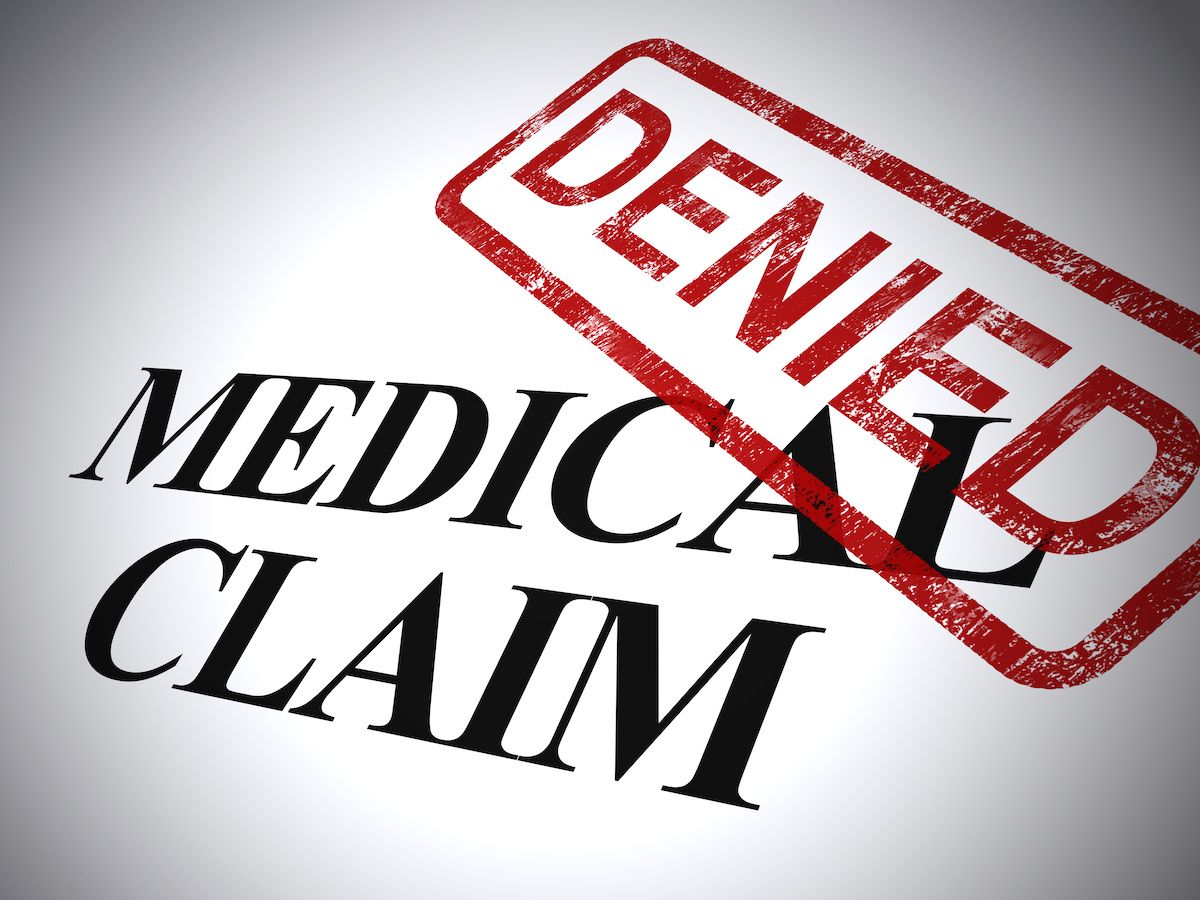Article
Prepare your portfolio for retirement
Author(s):
Many physicians can recall their "I'm outta here moment," when they decided to retire. Once you've hit that point, make some financial adjustments so that your transition to the easy life is a smooth one.

If and when you arrive at that moment, you'll want to have a financial plan in place that will keep you and your spouse comfortable for many years to come. Until now, your investment strategy appropriately focused on accumulation and long-term growth. Now that you've decided to retire, you must make financial adjustments for the "decumulation" phase of your life, when your paycheck is replaced by cash flows from your portfolio. Some physicians assume that their portfolio should immediately move to the safety of principal investments, such as money-market funds, certificates of deposit, annuities, and bonds. In all likelihood, however, you will need to reallocate only a small percentage of your portfolio.
ROLE OF THE FINANCIAL PLAN
How much will you need from your portfolio during the next 12 months? This is the timeframe where you need to protect your principal investments by taking minimal risks. Money-market funds, short-term certificates of deposit (CDs), and some corporate money-market look-alike accounts (demand notes) can play a role here. Use Web sites such as http://www.bankrate.com to search for the highest yields.
Some large companies offer demand notes that have money-market account features, such as easy transfers and check-writing. These are not Federal Deposit Insurance Corp.-insured, but typically they offer higher yields than other alternatives. Some examples are Ford Interest Advantage and GE Interest Plus.
Expected cash flows in years 2 through 5 can comprise the next "short-term bucket." Here you need not be as concerned about daily or even monthly fluctuations in value but still should not risk a meaningful loss. The optimal choices depend on the size of your portfolio and your projected tax bracket but could include tax-free bonds or laddered CDs (a strategy that involves purchasing multiple CDs, each with different maturity dates). Three good mutual fund choices are Vanguard Short-Term Tax-Exempt Admiral, PIMCO Low Duration, and FPA New Income.
The remainder of your investment assets is considered your core, long-term portfolio and should be invested in a diversified manner, because some of the portfolio will be cashed out within 10 years, but much of it won't be needed for at least 20 years. This part of your portfolio should require few changes from its accumulation-phase allocation.
As time goes on, you will need to replenish your liquidity bucket. At least once a year, rebalance the portfolio back to your stated-preferably written-asset allocation. Review the cash-flow projections, and make sure the appropriate amount is allocated in each bucket. One purpose of the short-term bucket is to give you some flexibility and the cushion with which to wait out a serious market downturn-such as the 2008 meltdown-for at least 1 or 2 years.





